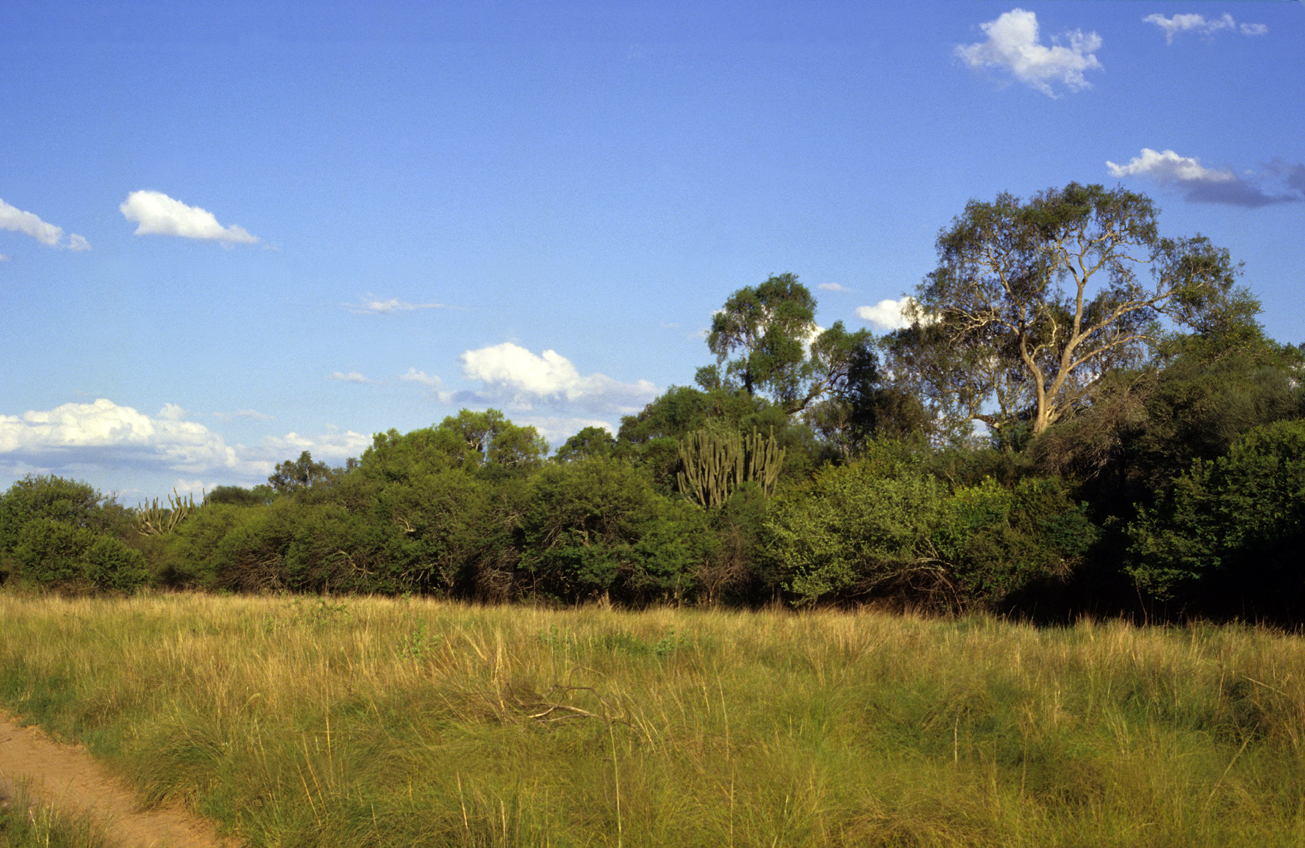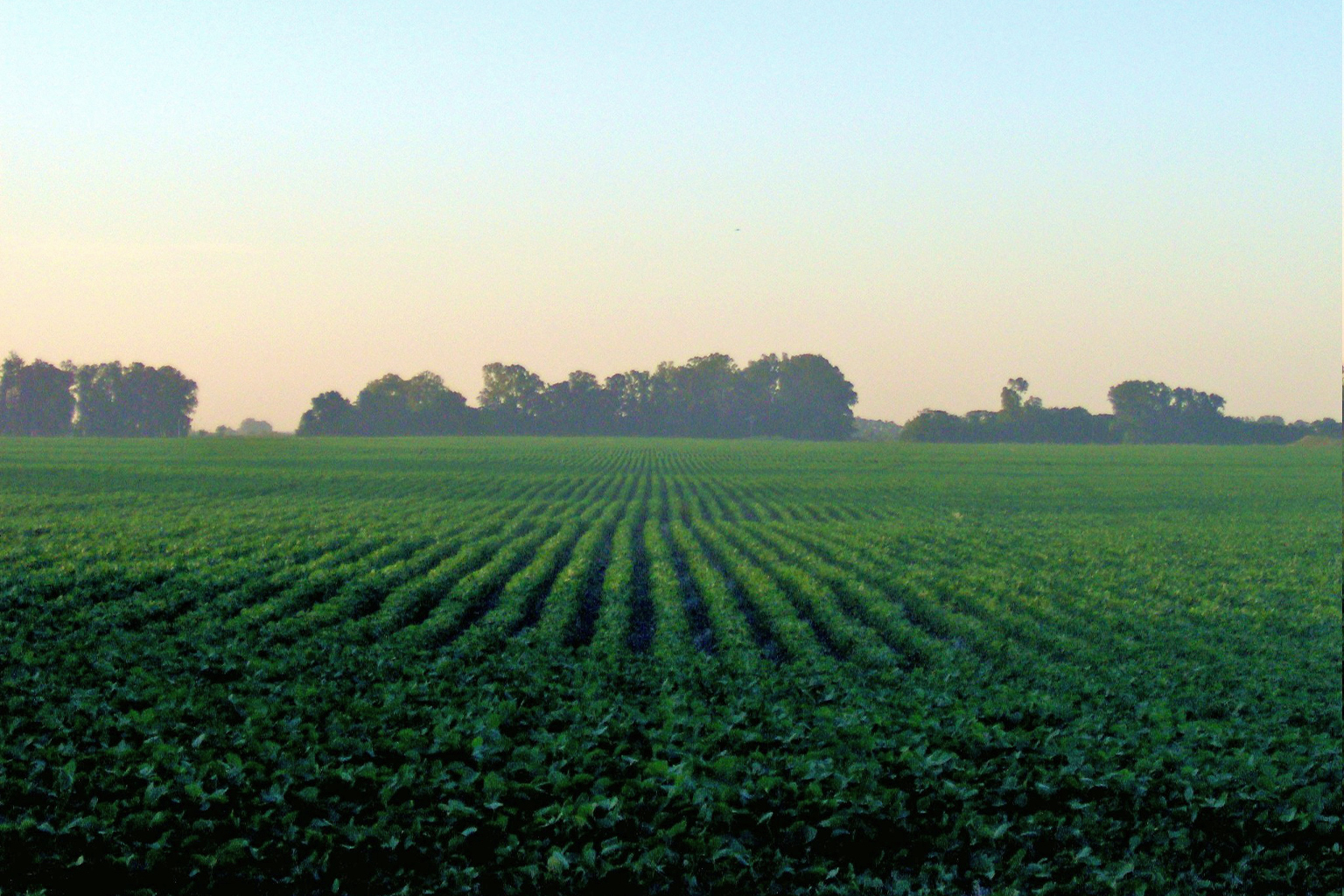- Argentina’s Gran Chaco forest accounts for less than 10% of the soy produced in the country, but is where about 95% of soy-related deforestation occurs.
- Soy is one of several commodities that will now face stringent no-deforestation requirements for import into the European Union, which poses a major challenge to the soy industry in producer countries like Argentina.
- The country is the third-largest soy exporter in the world, and industry representatives say they’re ready for the new regulation, having long prepared for the changes using new technologies and developing a tracking system to trace the origins of soy.
- Environmentalists say they’re skeptical that the industry can be trusted to monitor itself, and have welcomed the EU regulation as putting needed external pressure on the industry.
Large-scale soy production for European markets has long been associated with deforestation in South America’s forests, including in the continent’s second-largest, but lesser-known, forest, the Gran Chaco in Argentina and Paraguay.
A new historic deforestation legislation by the European Union is trying to bring an end to the destruction, by prohibiting the import of products found linked to deforestation abroad, including soy. The new EU regulations were met with scorn by several industries globally that will have to drastically change their production practices. Soy is a commodity that’s economically vital for many nations, including Argentina, which is seeking to expand its soy exports to meet global food demand and tackle an ongoing economic crisis.
The South American nation’s soy sector says it’s ready for the regulations — though the changes will be a massive challenge for the industry.
For a few years now, the industry has been working on a centralized online platform to trace and track soy production, in response to external demands for more transparency, like the new EU regulations. This system is known as the Sectorial Vision of the Argentine Gran Chaco, or ViSeC by its Spanish acronym, and was established by, among others, CIARA, the business association for the oilseeds and grains industries.
“The whole Argentine market will have to mutate to a more integrated market in terms of information management,” said Lucas Larraquy, purchasing manager with the Argentine Federated Farmers (AFA), told Mongabay via video call.
“Operationally, no, I can’t say it’s going to be easy, but I am not going to the other extreme to say that it is impossible, either,” he added.
Despite the challenges, Argentina should be ready to export its first fully deforestation-free shipments of soy by January 2025, said Gustavo Idigoras, president of CIARA. This is the date soy traders expect the EU legislation will be fully implemented.

The EU deforestation regulation requires all eligible commodities — including soy, palm oil, and beef, among others — to be traceable all the way back to the area where they were produced. It also requires producers to follow all environmental laws in their country.
Though most soy in Argentina is produced in the more fertile soil of the central Pampas region, soy production in the Gran Chaco in 2019 led to 37,000 hectares (about 91,400 acres) of deforestation, according to a report by Trase, a supply chain mapping platform. Despite the Gran Chaco accounting for less than 10% of the soy produced in Argentina, it’s also where about 95% of soy-related deforestation occurs in the country.
There are three steps to the ViSeC monitoring system: analyzing farmers’ official government-registered information, like locations and satellite images of cultivated area; verifying this information using ViSeC’s own satellite images; and performing one-the-ground checks, with traders verifying farmers’ properties in person.
Hernán Giardini, forest campaign coordinator with Greenpeace Argentina, welcomed the EU regulation as an important step toward sustainability, but said he’s skeptical the industry can monitor itself.
It’s unclear how the EU will regulate the implementation of the new legislation exactly, but he said he hopes it will imply rigorous checks across the sector by third parties not involved with the industry, forcing industry players to comply with their own promises.
The EU will classify countries as either low, standard or medium risk, depending on a number of factors like deforestation rates, local corruption levels, and preexisting agreements with the EU and compliance with EU regulations, Daniela Stoycheva, spokesperson with the EU Commission, told Mongabay via email. This is likely to impact how they are surveilled. Argentina’s classification has not yet been finalized.
“It’s logical that they are looking for these initiatives and it’s good that [the soy sector] is trying to be more transparent. That’s welcome,” Giardini told Mongabay via video call. “But I still trust more that there will be better control by the citizens [civil society organizations], and not so much by the companies themselves saying ‘I am clean.’”

Giardini said Greenpeace didn’t participate in the traceability discussions because it still views soy as being an unsustainable product, using genetically modified seeds, and a variety of harmful chemicals and pesticides, which neither ViSeC nor the EU regulations will monitor.
Argentina has tried to regulate deforestation in various ways over the years, first with the National Forest Law enacted in 2007, which restricts where tree clearing is allowed by any industry. Under the law, almost 80% of Argentina’s forest areas are off-limits, yet deforestation persists.
Actors in the soy industry also have the option of joining the Round Table on Responsible Soy Association (RTRS), which promotes the production, trade and use of responsible soy globally. However, few players in Argentina’s soy industry have joined as members of the Switzerland-based association. In 2021, the RTRS certified only 606,000 metric tons of the 46 million tons of soy that Argentina produced that year, according to the Tropical Forest Alliance.
In response to soaring demand for soy, Argentina’s soy-farming frontier is now expanding to the north, putting direct pressure on the Gran Chaco’s fragile ecosystems, the Tropical Forest Alliance says. The biome hosts a variety of unique ecosystems and is home to an estimated 3,400 plant, 500 bird, 150 mammal and 220 reptile and amphibian species. Nearly 4 million people also live in this forest, at least 8% of them Indigenous, and they too face intensifying pressures on their territory due to agriculture expansion.
Soy is one of Argentina’s biggest exports, contributing nearly $21.5 billion in export revenue in 2021, and employing nearly 400,000 people across the country. Much of this soy goes to Europe, its second-biggest market after China, where it’s mainly processed into soy meal that’s used to feed European livestock.
Soy cultivation also leads to deforestation in the Gran Chaco in an indirect way, said Daniel Kazimierski, Argentina coordinator for the Tropical Forest Alliance. The expansion of soy in other regions of Argentina is also pushing the cattle industry into the Gran Chaco, he told Mongabay. As a result, cattle ranching has become the biggest driver of deforestation in Argentina over the past 15 years, replacing soy.
The EU regulation alone will not mean the end of deforestation completely, Giardini said. There are always other markets with laxer regulations that soy exporters can sell to, including China, Argentina’s biggest market.
The country lost some 7 million hectares (17 million acres) of forest between 1998 and 2021, or an area the size of Scotland, Greenpeace wrote in its annual deforestation report from 2022. More than 80% of this deforestation happened in the four northern provinces of Santiago del Estero, Salta, Chaco and Formosa, which all either partially or completely overlap with the Gran Chaco, the report says.

Sustainable soy?
The new EU regulation comes at a hard time for Argentina’s soy sector, which has been battered by inflation and the worst drought in 60 years. The arid conditions mean the production of soy and other crops has plummeted, with some farmers facing bankruptcy from this loss of harvest. Argentina lost 25% of soy exports, amounting to some $22 billion, said Idigoras with CIARA.
He said they tried to convince EU officials to give Argentina’s soy sector an extension — more time to adjust to the new zero-deforestation legislation — but to no avail.
“We are in the worst year for soybean in the country, but besides that, the EU is doing their law without caring about our situation,” Idigoras said. “That’s why we are keeping our focus on the national platform called ViSeC.”
The entire soy industry — including all four of Argentina’s farmers’ unions, elevators, ports, terminals and crushing plants, traders and exporters — are part of the discussions to develop the ViSeC system. Government ministries and NGOs like WWF, The Nature Conservancy and the Tropical Forest Alliance are also involved in the effort.
Operators say they hope that having all players in the soy industry on board in an online system, like ViSec, will help make the tracking process easier. One of the biggest challenges with soy is identifying whether it comes from a deforestation-free farm. Generally, traders and exporters buy soy from a broker, or middleman, who collects it from a variety of growers across the country and puts it all together into one silo. This makes it difficult to identify and track from the start.
Among those backing the ViSeC initiative are large trading companies like Cargill, ADM and Bunge, which were accused in 2018 of driving deforestation due to their high demand for soy products to export to Europe. In a Mongabay article later that year, both Cargill and Bunge said eliminating deforestation from their supply chains was a priority.

Larraquy, the soy trader with the AFA, said implementing the ViSeC system will be a challenge as the online platform is quite complex. The platform also needs to ensure traceability in a way that’s acceptable to EU regulators, but the latter haven’t revealed details of their expectations yet, he told Mongabay.
“We are talking about 1,000 companies that will have to adapt their systems to try to comply with the standard,” Larraquy said.
Idigoras said rolling out the ViSeC system will involve extra costs, as it will be funded primarily by exporters, but they haven’t been able to calculate what this extra cost will be yet. It isn’t likely to affect jobs in the soy sector, Idigoras added. If farmers can’t comply with zero deforestation, they will be permanently removed from the possibility of exporting to Europe, but Idigoras said he expects this to apply to very few farmers.
Kazimierski said the few farmers left out of this system will likely sell soy to the domestic market, which has less stringent regulations. The Tropical Forest Alliance will also offer them a rehabilitation and remediation plan so that they can be registered on the system.
Juan Carlos Cotella, a farmer and member of the union CREA, has cultivated soy in the Gran Chaco for the past 25 years. He said the country’s soy can also meet the EU requirements given the right methods and technology that mean farmers don’t have to expand into forest areas.
Some of these methods include regular crop rotation to keep nutrients in the soil, and using satellite imagery to monitor environmental changes.
“The biotechnological development has allowed me to be much more efficient and, if you want, much more environmentally friendly,” Cotella told Mongabay by phone from him home in Salta province.
Kazimierski said many farmers have suffered from the drought, but some growers in Formosa province who have maintained practices like crop rotation and preserving native forests on their farmland have been less impacted.
“So in the end, the message will get there,” he said, adding that farmers who don’t use sustainable practices will eventually come around to seeing the benefits.
Related podcast listening:
Banner image: Gran Chaco is a shrinking habitat to several endangered and vulnerable wildlife species, like the giant anteater. Image by dany13 via Flickr (CC BY 2.0).
For Indonesian smallholders, EU deforestation rule is a threat — and an opportunity
